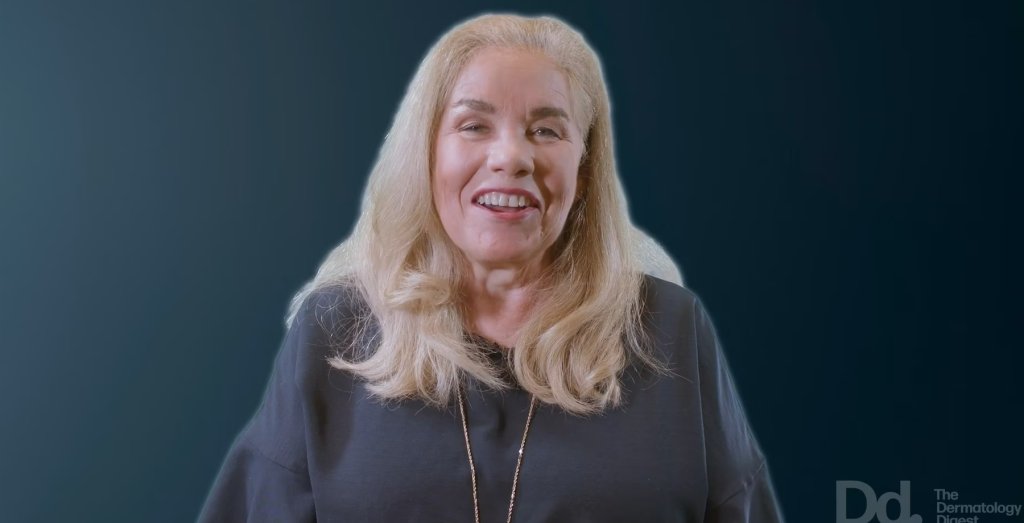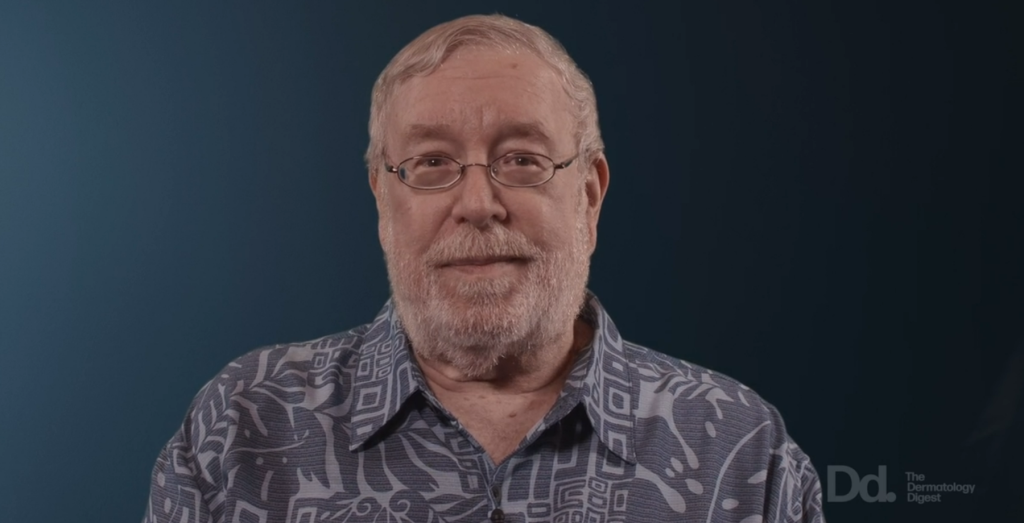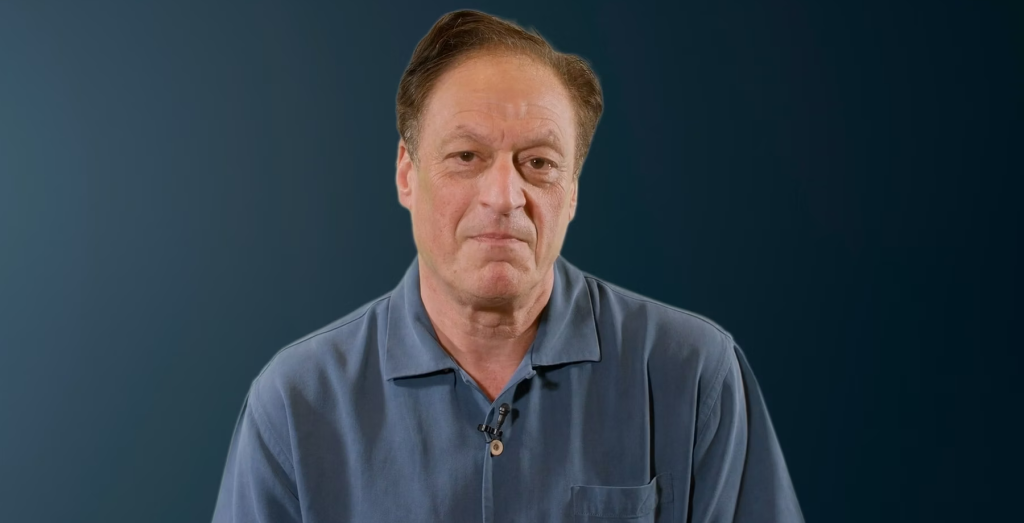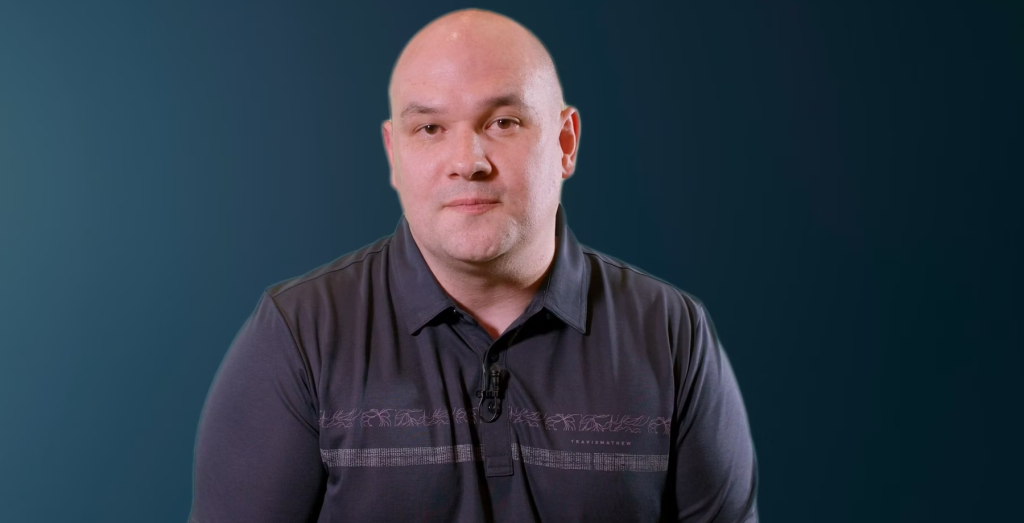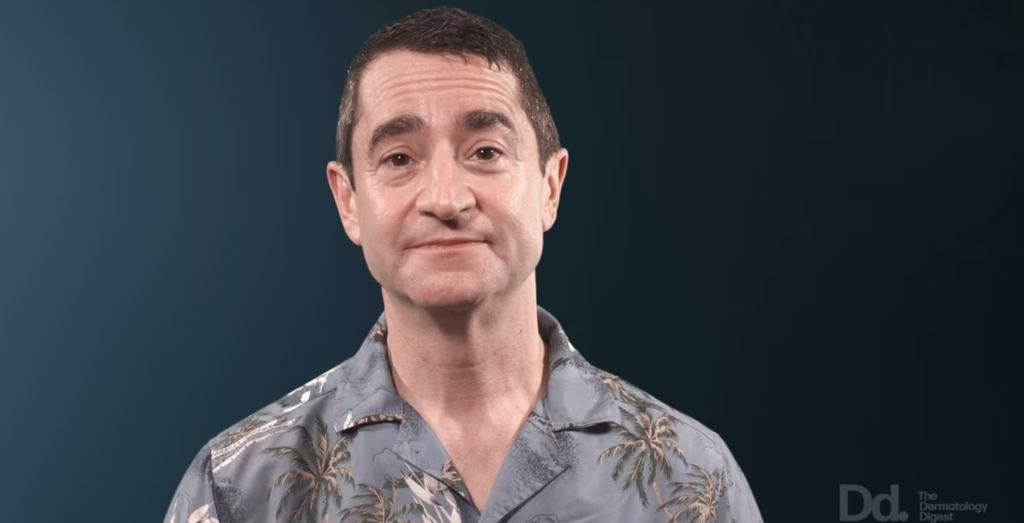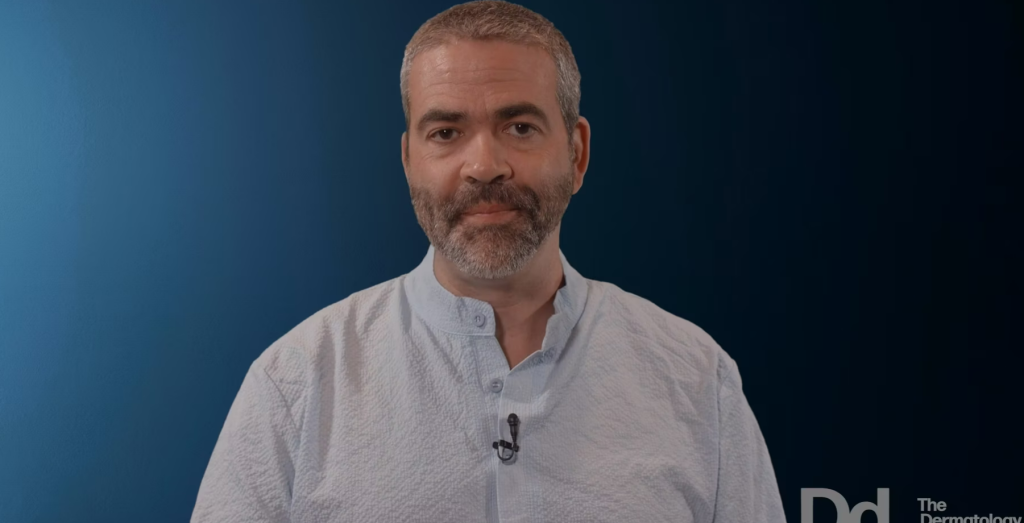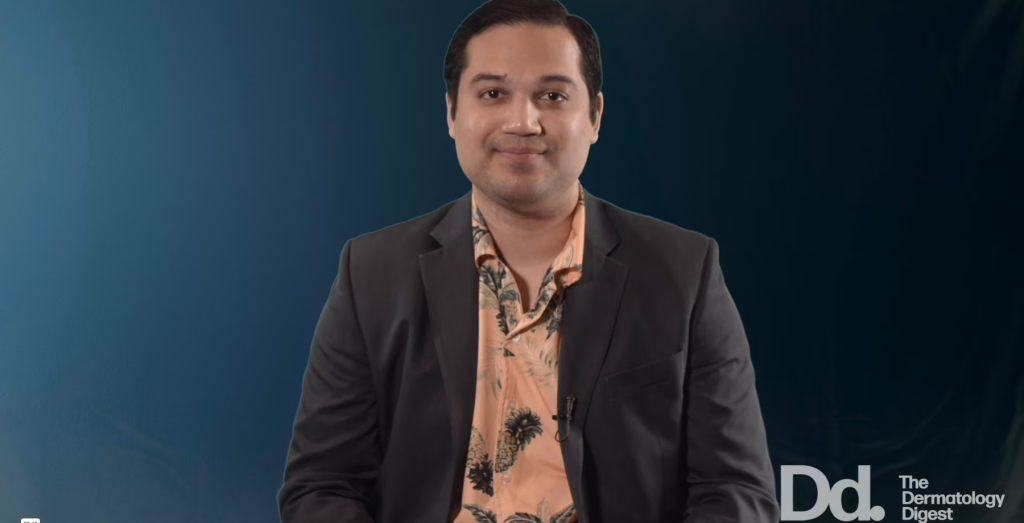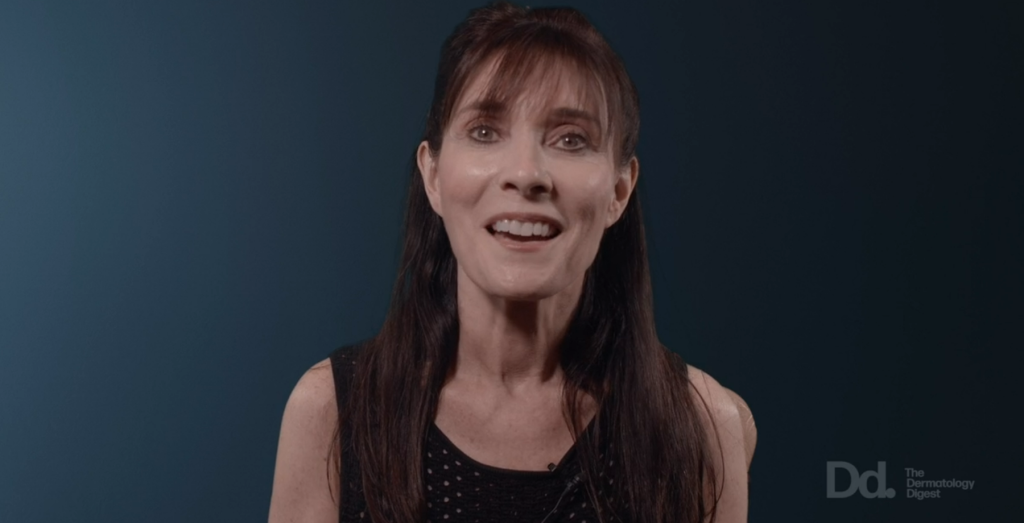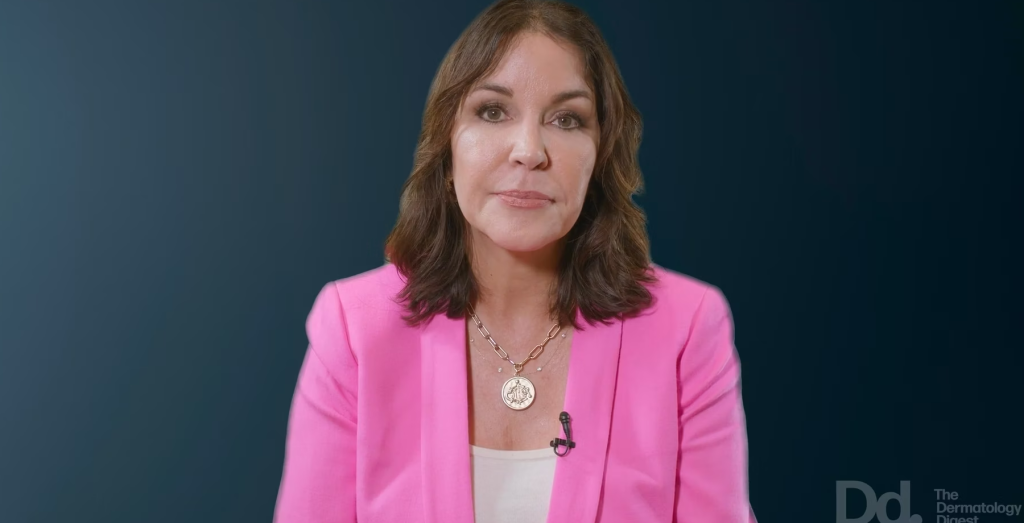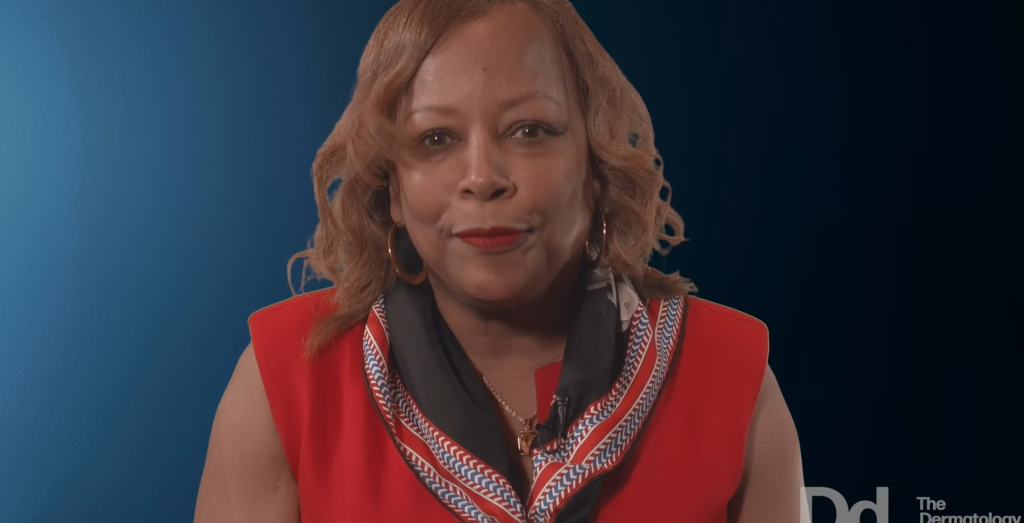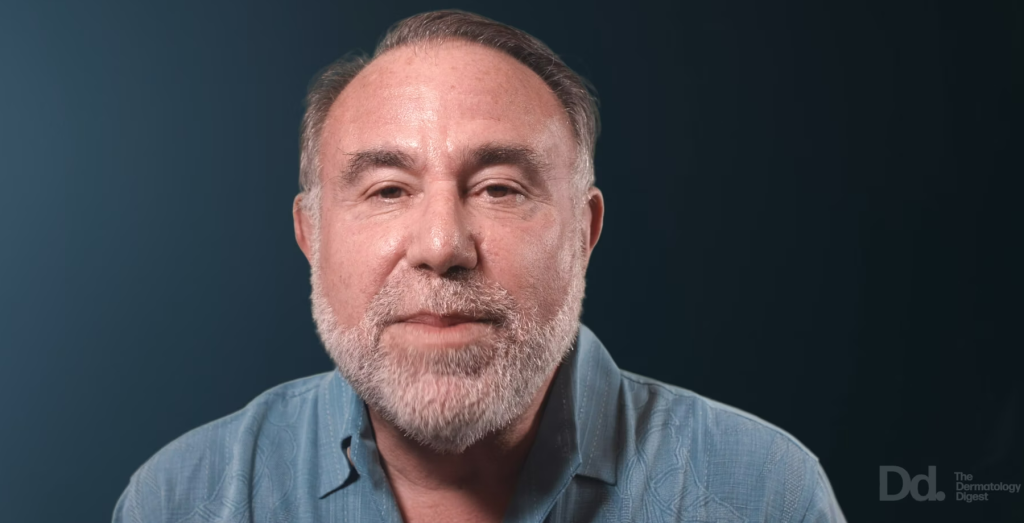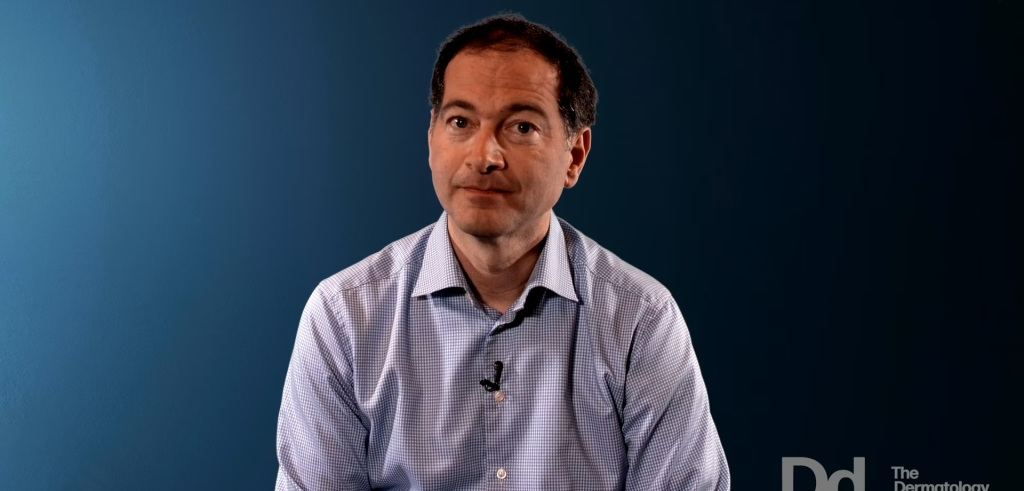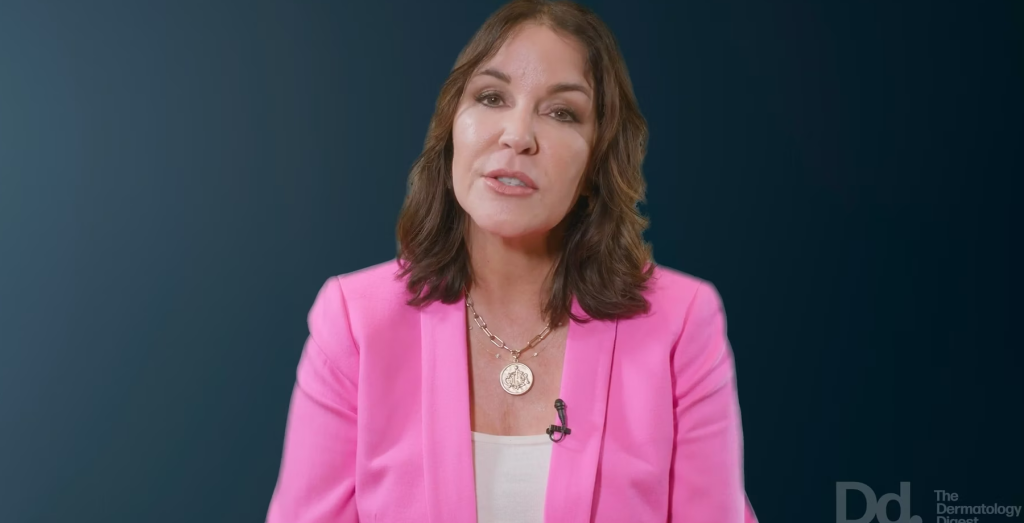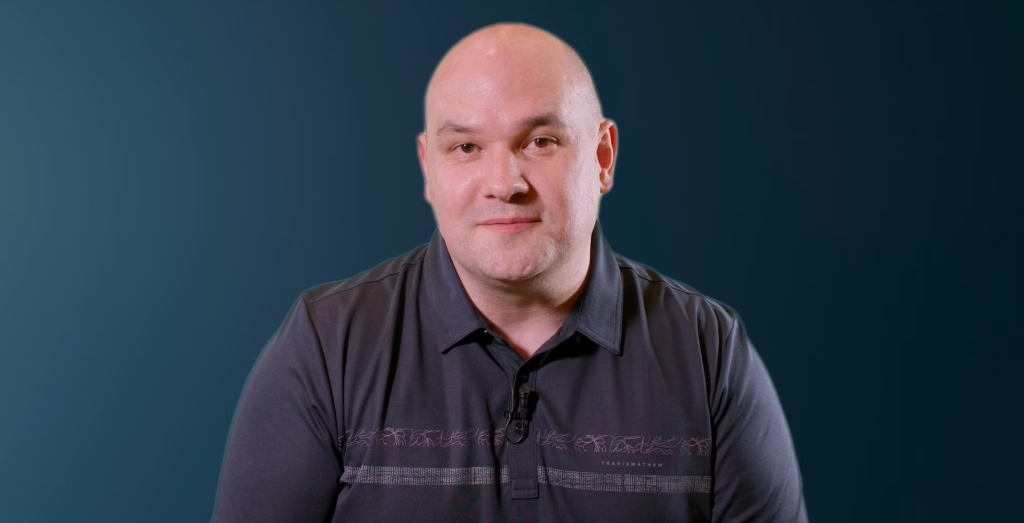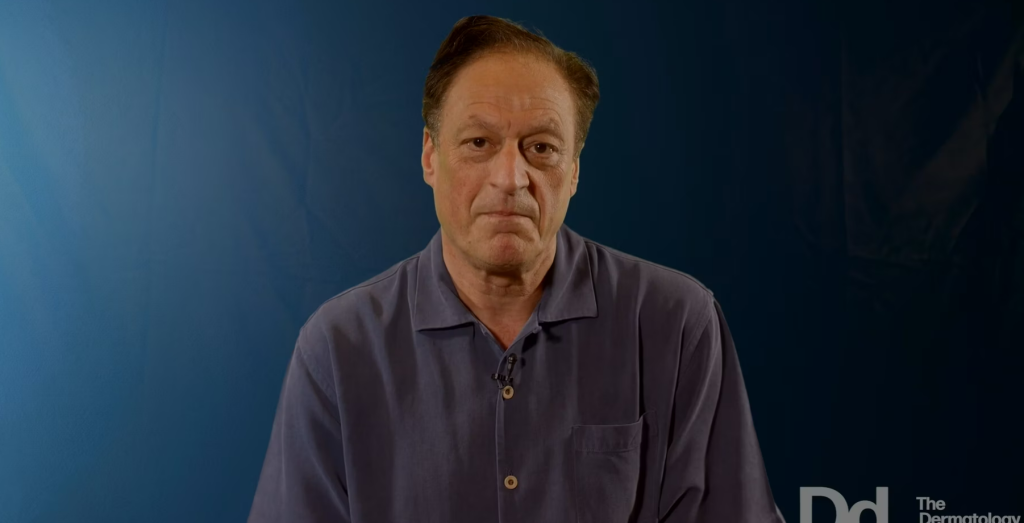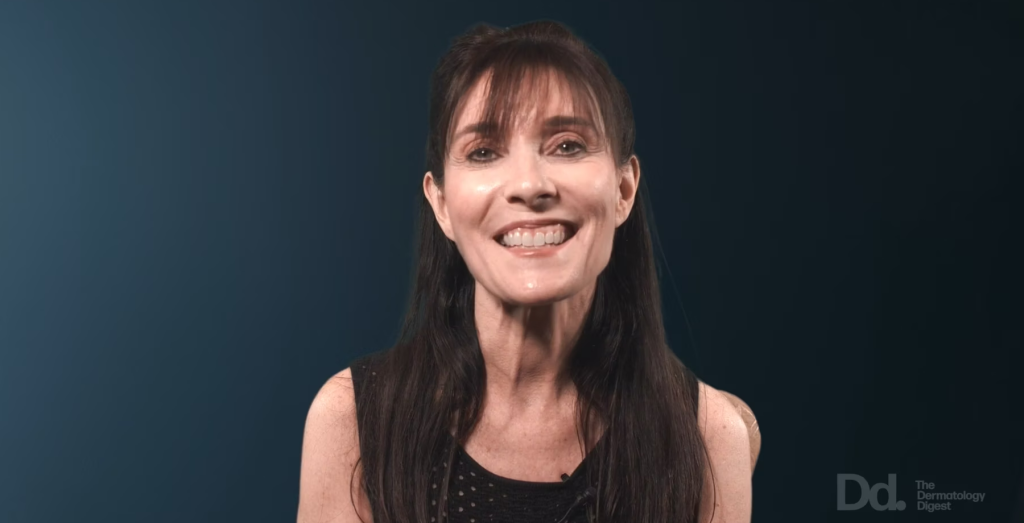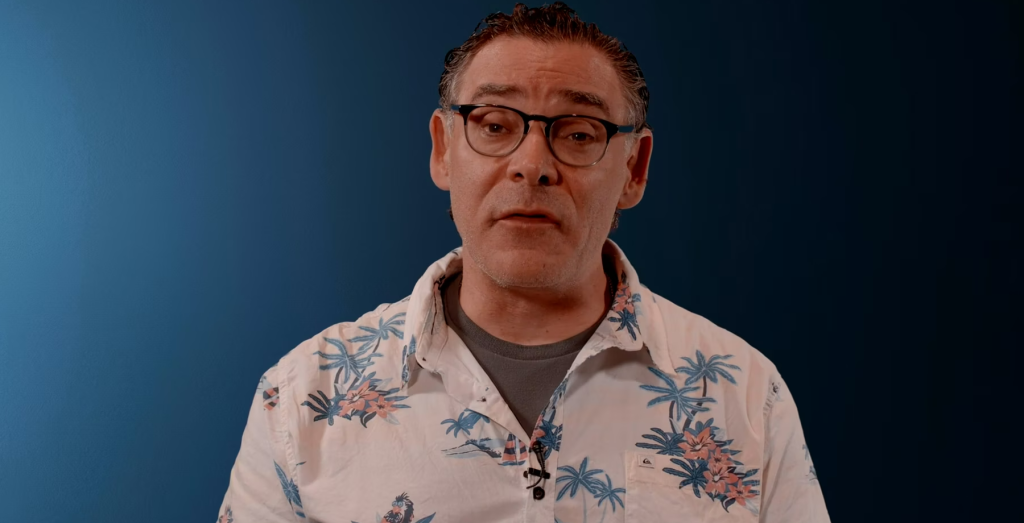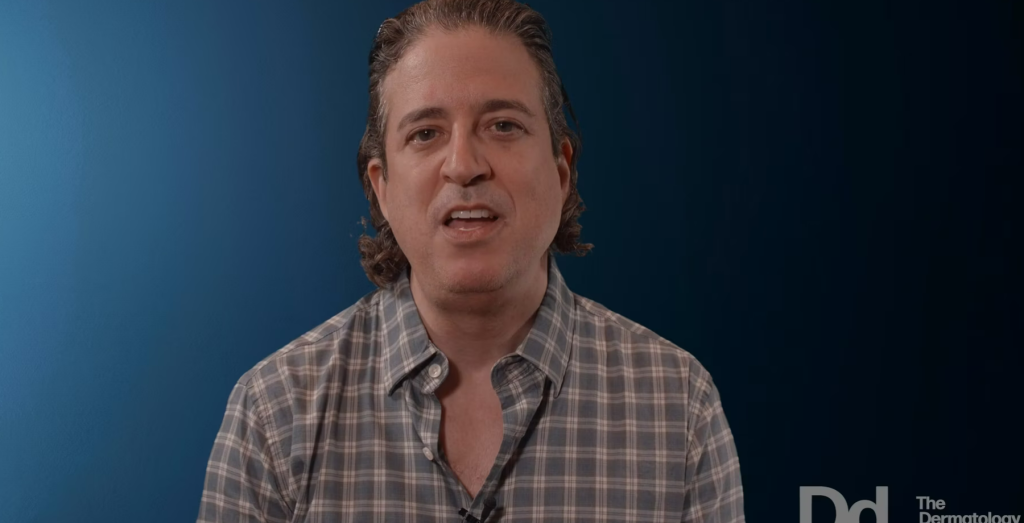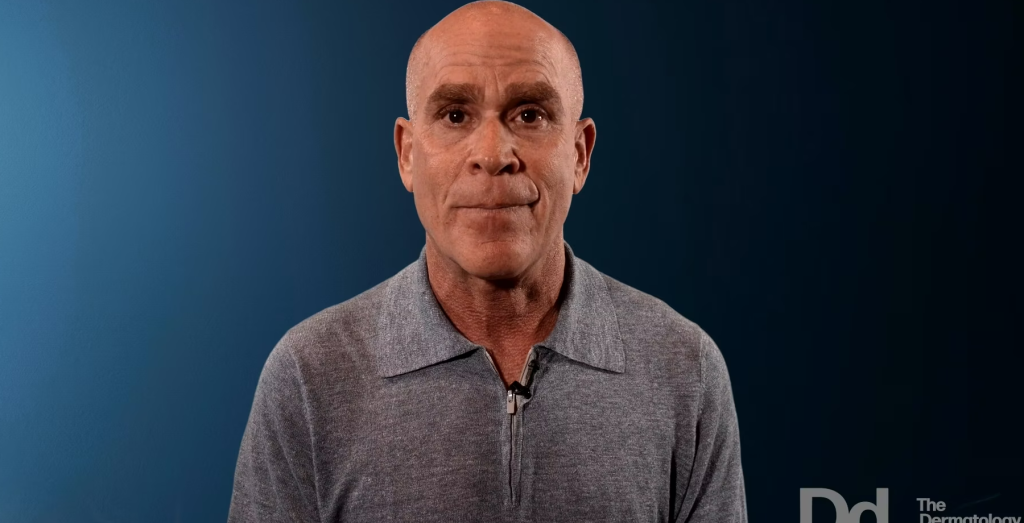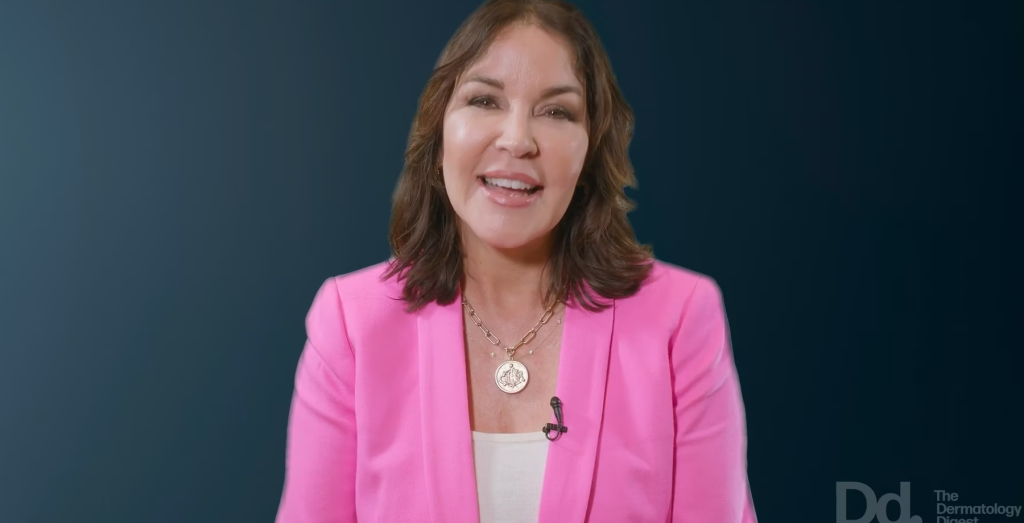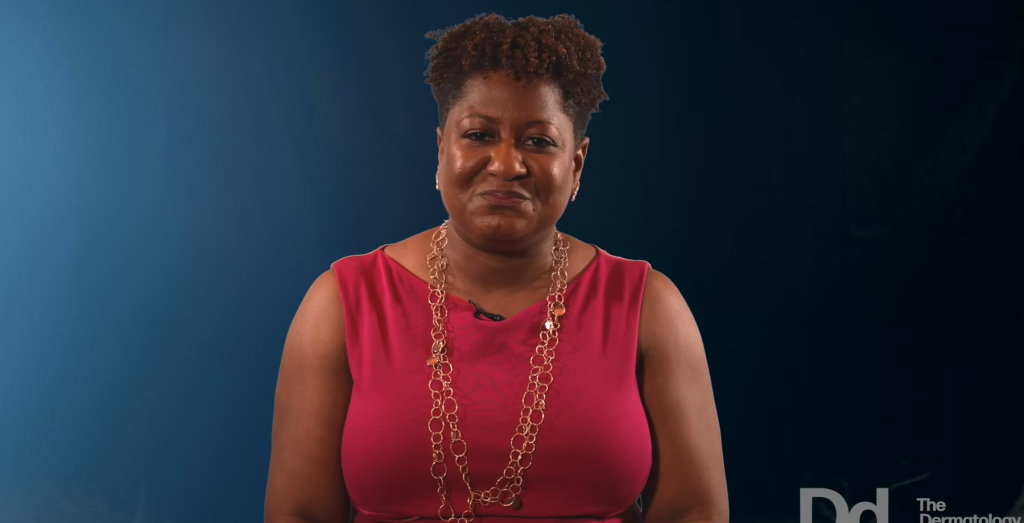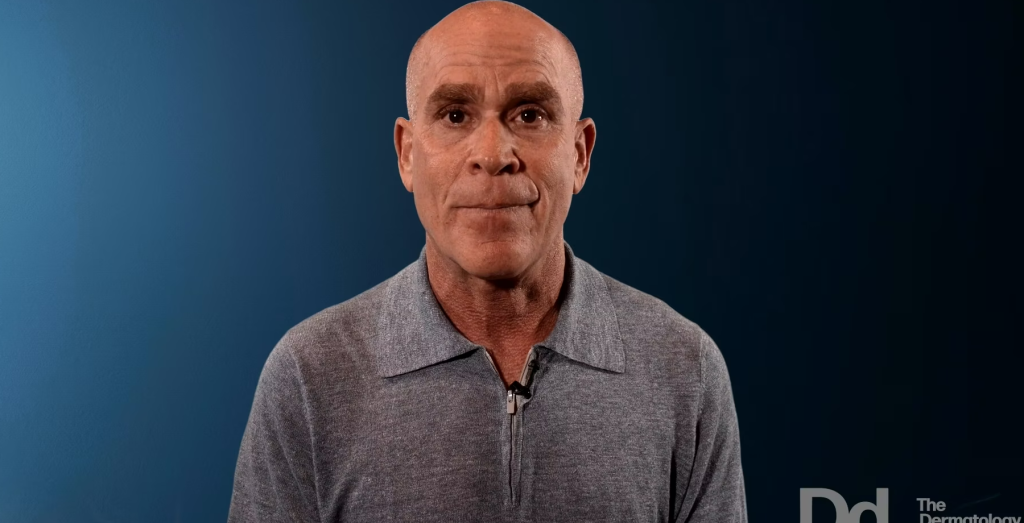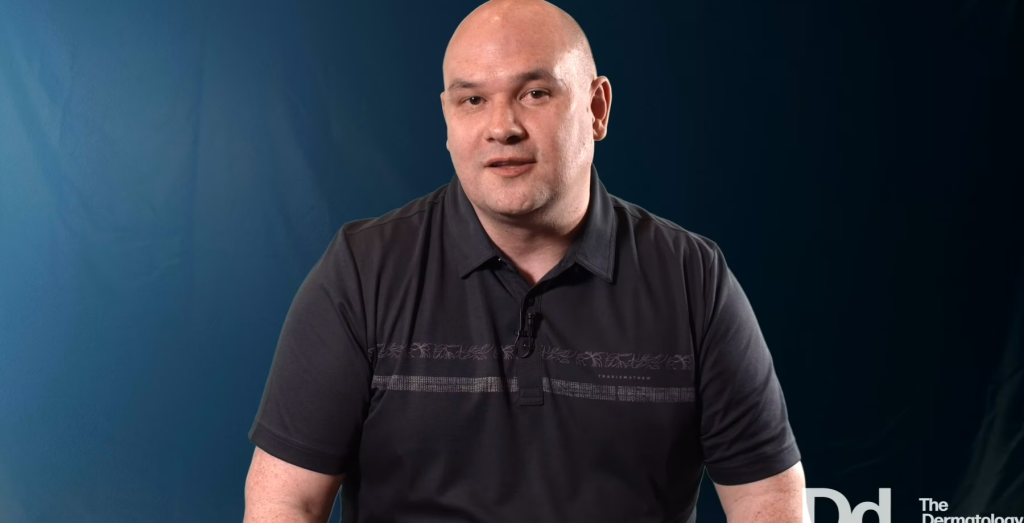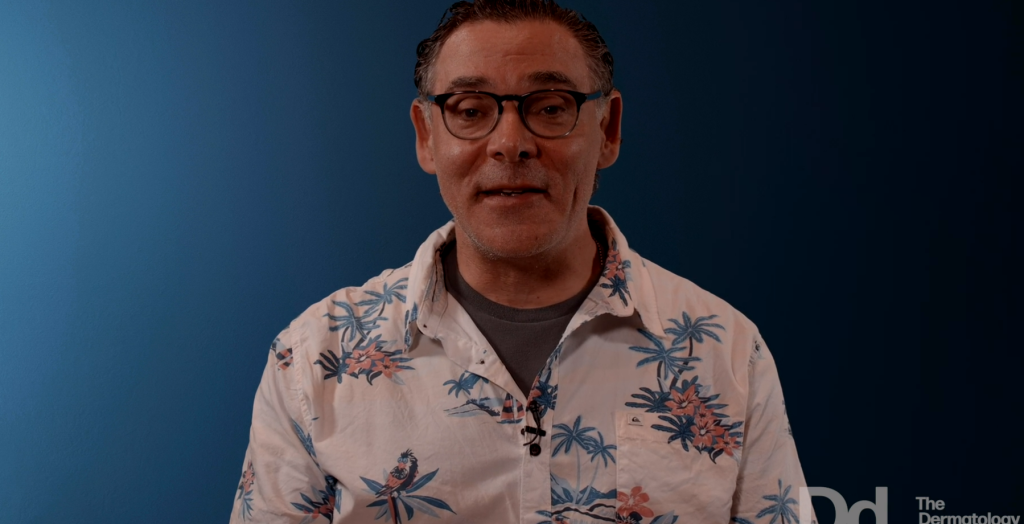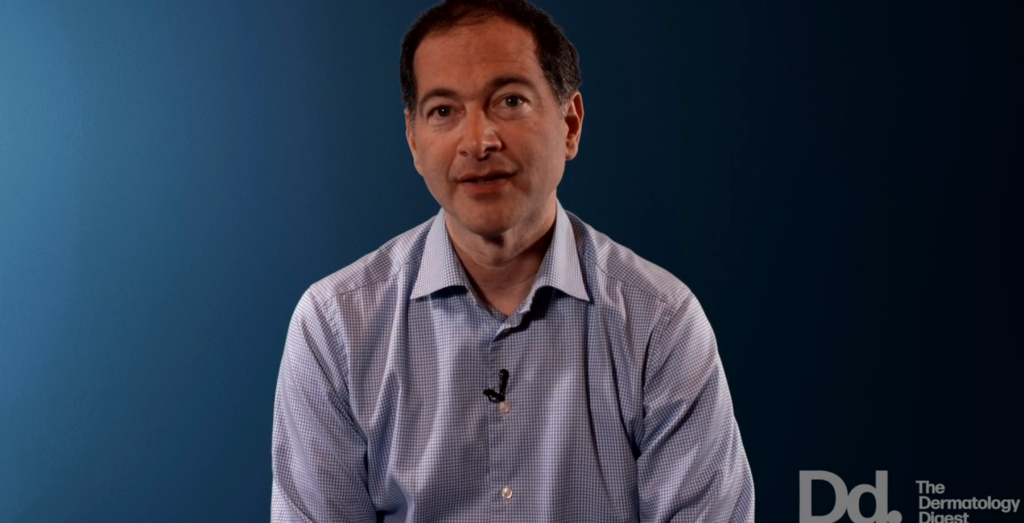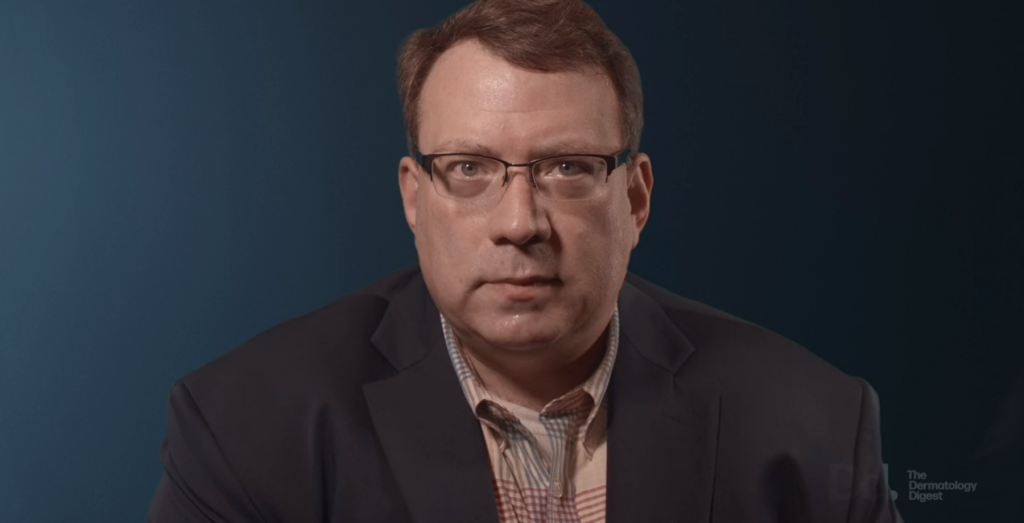Hilary Baldwin, MD, the Medical Director of the Acne Treatment & Research Center in Morristown, NJ, explains why she is so excited about new topical therapies, lasers, and changes to the Ipledge program in acne as well as new rosacea therapies.
Achieving Deep Itch Relief With JAK Inhibitors
Matthew Zirwas, MD
The speed and depth of itch relief that is possible today with topical and systemic Janus kinase (JAK) inhibitors is “literally unbelievable,” says Matthew Zirwas, MD, a dermatologist in Bexley, Ohio.Psoriasis Update: Can We Finally Say Cure?
Andrew Blauvelt, MD, MBA
Andrew Blauvelt, MD, MBA, an Investigator at Oregon Medical Research Center in Portland, shares data from the Knock-out study showing that high induction doses of risankizumab (Skyrizi, Abbvie) can put patients with moderate-to-severe plaque psoriasis into long-term remission.New Drugs in Dermatology: A Review
Ted Rosen, MD
Derm Digest medical editor Ted Rosen, MD, a Professor of Dermatology at Baylor College of Medicine in Houston, discusses the spate of recent U.S. Food and Drug Administration approvals in dermatology from Cabtreo for acne and two new therapies for molluscum contagiosum to secukinumab (Cosentyx, Novartis) for hidradenitis suppurativa, and a new device to aid melanoma diagnosis, plus more.Treating AD in Kids: The Dawn of a New Day
Lawrence Eichenfield, MD
Lawrence Eichenfield, MD, Chief of Pediatric and Adolescent Dermatology at Rady Children’s Hospital-San Diego and Professor of Dermatology and Pediatrics and Vice-chair of the Department of Dermatology at UC San Diego School of Medicine, discusses innovations in topical and systemic therapies for atopic dermatitis in kids.
What is Urticaria?
Jason Hawkes, MD, MS
Jason Hawkes, MD, MS, a dermatologist and Associate Professor of Dermatology at the University of California Davis in Sacramento, explains the differences between chronic, acute, idiopathic, and inducible urticaria.
Can PsA Be Prevented in Psoriasis Patients?
Bruce Strober, MD, PhD
Blocking IL-23 may be the best mechanism of action for trying to prevent new-onset psoriatic arthritis (PsA) in psoriasis patients. Bruce Strober, MD, PhD, a Clinical Professor of Dermatology at Yale University School of Medicine and co-founder of Central Connecticut Dermatology, reviews the data on this novel concept.
Managing Patient Expectations in Vitiligo
John E. Harris, MD, PhD
Treating vitiligo is a marathon, not a sprint, and it’s important that patients understand this when starting therapy, explains John E. Harris, MD, PhD, the Founding Director of the Vitiligo Clinic and Research Center and Professor and Chair in the Department of Dermatology at UMass Chan Medical School in Worcester, MA. Dr. Harris also debunks some prevalent myths regarding vitiligo and cancer risk.
HS: The Disease of the Decade
Raj Chovatiya, MD, PhD
Thanks to new treatments and a full pipeline, hidradenitis suppurativa (HS) is finally getting its’ due. Raj Chovatiya, MD, PhD, an Assistant Professor of Dermatology at the Northwestern University Feinberg School of Medicine in Chicago, discusses what these new and coming treatments mean for HS patients and the dermatologists who treat them.
Optimizing Treatment for Hyperpigmentation
Pearl Grimes, MD
Pearl Grimes, MD, Medical Director of The Vitiligo & Pigmentation Institute of Southern California and a Clinical Professor of Dermatology at the University of California, Los Angeles, discusses advances in understanding the pathogenesis of melasma and post-inflammatory hyperpigmentation and shares how integrates new non-hydroxychloroquine products into her treatment regimens for hyperpigmentation.
All Clear: Integrating New Psoriasis Topicals Into Practice
Linda F. Stein Gold, MD
New non-steroidal topical psoriasis therapies are changing the way dermatologists treat psoriasis. Linda F. Stein Gold, MD, Director of Dermatology Clinical Research at Henry Ford Hospital in Detroit, explains how, when, and why she uses these new options.Embracing Combination Therapy in Rosacea
Julie C. Harper, MD
Identify and document every feature of rosacea and treat each accordingly using a combination of therapies. “Don’t try to do a one-hit wonder,” says Birmingham, Ala-based dermatologist Julie C. Harper, MD, the Past President of the American Acne and Rosacea Society.
Solving Challenging Cases in Dermatology: This Is How I Do It
Valerie D. Callender, MD
Valerie D. Callender, MD, the Founder and Medical Director of the Callender Dermatology & Cosmetic Center and Founder and Principal Investigator for Callender Center for Clinical Research in Washington DC, shares her approaches to challenging cases of acne, deep-etched lines, and melasma.
A Wrinkle in Time: Innovations in Neuromodulation
Michael Gold, MD
There’s lots to be excited about in aesthetic neuromodulation including liquid toxins that promise a fast onset of action and long-lasting results, a possible antidote to botulinum toxin, and new precision injection technology. Michael Gold, MD, the founder of Gold Skin Care Center and Tennessee Clinical Research Center in Nashville, provides an update on the toxin pipeline.
Beyond the Basics: Exploring the Role of AI in Dermatology
Jack Resneck, MD
Jack Resneck, MD, Immediate Past President of the American Medical Association, and a dermatologist in San Francisco, discusses the promise and potential peril of augmented intelligence tools and other technologies currently being used in dermatology.
Cabtreo Is Here: Are Your Acne Patients Ready?
Julie C. Harper, MD
Keep a running list of all patients who can benefit from Cabtreo (clindamycin phosphate 1.2%/adapalene 0.15%/benzoyl peroxide, Ortho Dermatologics), advises Birmingham, AL-based dermatologist Julie C. Harper, MD, the Past President of the American Acne and Rosacea Society.
Beyond Antihistamines: New Urticaria Treatments Target Mast Cells
Jason Hawkes, MD, MS
New understandings about the pathophysiology of urticaria are paving the way for new treatments that target mast cell activation including dupilumab (Dupixent, Sanofi, and Regeneron) and Bruton Tyrosine Kinase (BTK) Inhibitors. Jason Hawkes, MD, MS, a dermatologist and Associate Professor of Dermatology at the University of California Davis in Sacramento, reviews the science.
Pediatric Acne Update
Lawrence Eichenfield, MD
Lawrence Eichenfield, MD, Chief of Pediatric and Adolescent Dermatology at Rady Children’s Hospital-San Diego and Professor of Dermatology and Pediatrics and Vice-chair of the Department of Dermatology at UC San Diego School of Medicine, discusses recent advances in treating pediatric acne including the use of Cabtreo (clindamycin phosphate 1.2%/adapalene 0.15%/benzoyl peroxide, Ortho Dermatologics) and spironolactone.
Three’s the Charm: Learn Why Acne Experts Are So Excited About Cabtreo
Linda F. Stein Gold, MD
Linda F. Stein Gold, MD, Director of Dermatology Clinical Research at Henry Ford Hospital in Detroit, shares why she is so excited about the availability of Cabtreo (clindamycin phosphate 1.2%/adapalene 0.15%/benzoyl peroxide. Ortho Dermatologics) for acne.
Master Class: Recognizing and Avoiding Filler Complications
Joel L. Cohen, MD
Joel L. Cohen, MD, a dermatologist and the Director of AboutSkin Dermatology and DermSurgery in Greenwood Village and Lone Tree, CO, offers expert advice on how to treat filler complications such as sensitivity, delayed nodules, infection, necrosis, superficial placement, asymmetry, and more in this Master Class.
Heart of the Matter: Understanding CV Risk in Psoriasis
Joel M. Gelfand, MD, MSCE
Joel M Gelfand, MD, MSCE, the James J. Leyden Professor of Dermatology & Epidemiology, Director of the Center for Clinical Sciences in Dermatology, and the Director of the Psoriasis & Phototherapy Treatment Center at the University of Pennsylvania Perelman School of Medicine in Philadelphia, highlights recent research on cardiovascular risk in psoriasis and stresses the importance of multidisciplinary care for psoriasis patients.
New Understandings About Adult-onset Atopic Dermatitis
Matthew Zirwas, MD
Data show that adult-onset atopic dermatitis (AD) doesn’t have the same genetic markers as pediatric-onset AD. Matthew Zirwas, MD, a dermatologist in Bexley, Ohio, explains why air pollution, air quality, hard water, and other environmental factors have been implicated in adult-onset AD.
What’s Coming Down the Pike for Atopic Dermatitis?
Andrew Blauvelt, MD, MBA
From new topical therapies and novel biologics including nemolizumab and lebrikizumab to OX40 and OX40 ligand monoclonal antibodies, the atopic dermatitis pipeline is full, says Andrew Blauvelt, MD, MBA, an Investigator at Oregon Medical Research Center in Portland.
Is it Really Tinea Capitis?
Candrice R. Heath, MD
Tinea capitis isn’t always a slam-dunk diagnosis. Candrice R. Heath, MD, an Assistant Professor of Dermatology at the Lewis Katz School of Medicine at Temple University in Philadelphia, shares tips on how to make a differentiate tinea capitis diagnosis from common mimickers such as seborrheic dermatitis.
Advances in Skin Tightening
Mitchel P. Goldman, MD
Energy-based devices, biostimulatory fillers, and topical skincare with exosomes, cytokines, and growth factors work together to maximize fibroblast production, explains Mitchel P. Goldman, MD, the Founder and Medical Director of Cosmetic Laser Dermatology and the Medical Director of Platinum Dermatology Partners in San Diego, CA.
Inside Dr. Hilary Baldwin’s Toolbox for Acne and Rosacea
Hilary Baldwin, MD
Hilary Baldwin, MD, the Medical Director of the Acne Treatment & Research Center in Morristown, NJ, explains why she is so excited about new topical therapies, lasers, and changes to the Ipledge program in acne as well as new rosacea therapies.
Diagnosing and Treating Nickel Allergy: An Update
Matthew Zirwas, MD
If you’re not looking for dietary nickel allergy in patients presenting with dyshidrotic hand dermatitis and other eczema symptoms, you may be missing an important diagnosis. Matthew Zirwas, MD, a dermatologist in Bexley, Ohio, explains how to identify and treat this common form of contact dermatitis.
Is There an Acne Vaccine on the Horizon?
Julie C. Harper, MD
Birmingham, AL-based dermatologist Julie C. Harper, MD, the Past President of the American Acne and Rosacea Society, discusses new acne treatments on the horizon including a vaccine and a fresh-water sponge with spicules that penetrate skin. Dr. Harper also discusses reports of potential sexual side effects linked to isotretinoin in the United Kingdom.
Pro Pearls for Examining Tightly Coiled Hair in Younger Patients
Candrice R. Heath, MD
Examine the scalp and ask about symptoms such as itch or pain when evaluating pediatric and adolescent patients with tightly coiled hair for scalp disorders, suggests Candrice R. Heath, MD, an Assistant Professor of Dermatology at the Lewis Katz School of Medicine at Temple University in Philadelphia.
New Treatment Option for Epidermal Inclusion Cysts
Mitchel P. Goldman, MD
Sclerotherapy using polidocanol foam can treat epidermal inclusion cysts in minutes with no scarring. Mitchel P. Goldman, the Founder and Medical Director of Cosmetic Laser Dermatology and the Medical Director of Platinum Dermatology Partners in San Diego, CA, shares his protocol.Prejuvenation, Rejuvenation, and Juvenation in 2024
Ava Shamban, MD
Dermatologist Ava Shamban, MD, founder of Ava MD in Los Angeles, CA, shares what’s possible today with Sofwave and other energy-based devices, hyaluronic acid-based injections, and biostimulatory fillers.
The New Era in Treating Pediatric Alopecia
Lawrence Eichenfield, MD
Lawrence Eichenfield, MD, Chief of Pediatric and Adolescent Dermatology at Rady Children’s Hospital-San Diego and Professor of Dermatology and Pediatrics and Vice-chair of the Department of Dermatology at UC San Diego School of Medicine, discusses the use of topical and oral minoxidil and janus kinase inhibitors in kids with alopecia.
Hive Mind: Advances in Treating Chronic Spontaneous Urticaria
Jason Hawkes, MD, MS
Dermatologists are taking back the management of chronic spontaneous urticaria thanks to the advent of targeted therapies that break down the disease, shut off itching, and put patients into remission. Jason Hawkes, MD, MS, a dermatologist and Associate Professor of Dermatology at the University of California Davis in Sacramento, discusses this new treatment paradigm.
A Sneak Peek in the Toxin Pipeline
Joel L. Cohen, MD
Novel neuromodulator products including ready-to-go liquid formulations and new indications for existing toxins promise to further invigorate the aesthetic landscape in 2024 and beyond. Joel L. Cohen, MD, Director of About Skin Dermatology and DermSurgery in Greenwood Village and Lone Tree, CO, updates viewers on what may be coming down the pike.
Extinguishing Physician Burnout
Jack Resneck, MD
Rates of physician burnout are at an all-time high due to burdensome prior authorization practices, Medicare payment cuts, and other factors. In this year’s Alan Shalita Memorial Lecture, Jack Resneck, MD, Immediate Past President of the American Medical Association and a dermatologist in San Francisco, discussed how to turn things around.
Revealed: Game-changing Non-surgical Cosmetic Combinations
Suneel Chilukuri, MD
Synergistic combinations of energy-based devices, neuromodulators, and fillers are taking nonsurgical cosmetic results to the next level. Suneel Chilukuri, MD, Director of Cosmetic Surgery at Refresh Dermatology in Houston, explains how today’s minimally invasive combinations achieve aesthetic results that rival those once only seen with surgery.
Alopecia Areata Update
Jerry Shapiro, MD
Jerry Shapiro, MD, Professor and Director of Disorders of the Hair and Scalp at New York University’s Grossman School of Medicine in New York City, discusses how ritlecitinib (Litfulo, Pfizer) and baricitinib (Olumiant, Lilly) are improving the lives of people with alopecia areata.
From the Podium to Practice: Managing Advanced CSCC in 2024
Emily Ruiz, MD, MPH
Emily S. Ruiz, MD, MPH, Academic Director of Mohs and Dermatologic Surgery Center and the Director of the High-Risk Skin Cancer Clinic at the Dana-Farber Brigham Cancer Center in Boston, discusses key prognostic factors and new treatment options for cutaneous squamous cell carcinoma.Making the Call: Overcoming Challenges in the Diagnosis of Pigmented Lesions
Whitney High, MD
Whitney High, MD, a dermatologist and dermatopathologist at the University of Colorado Anschutz Medical Campus in Denver, discusses some of the challenges associated with diagnosing pigmented lesions and shares his tips on how to best overcome these obstacles.

